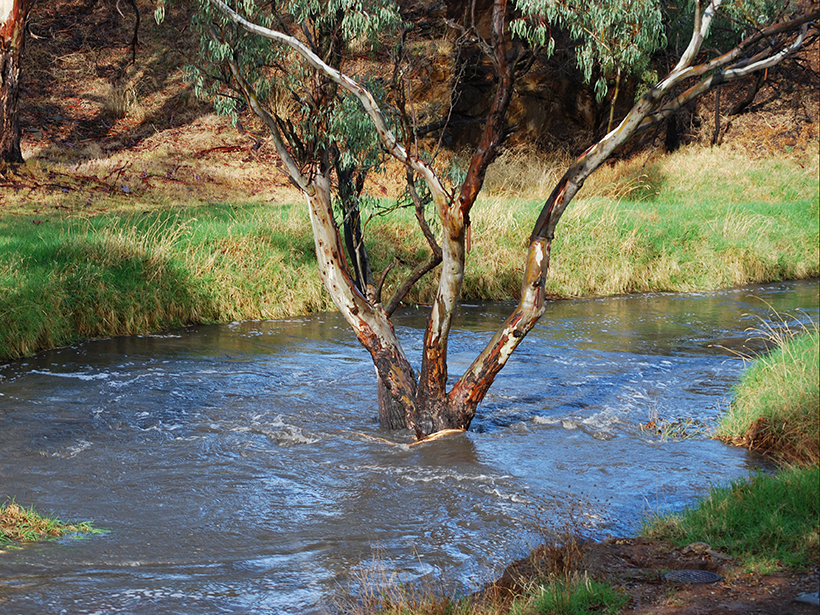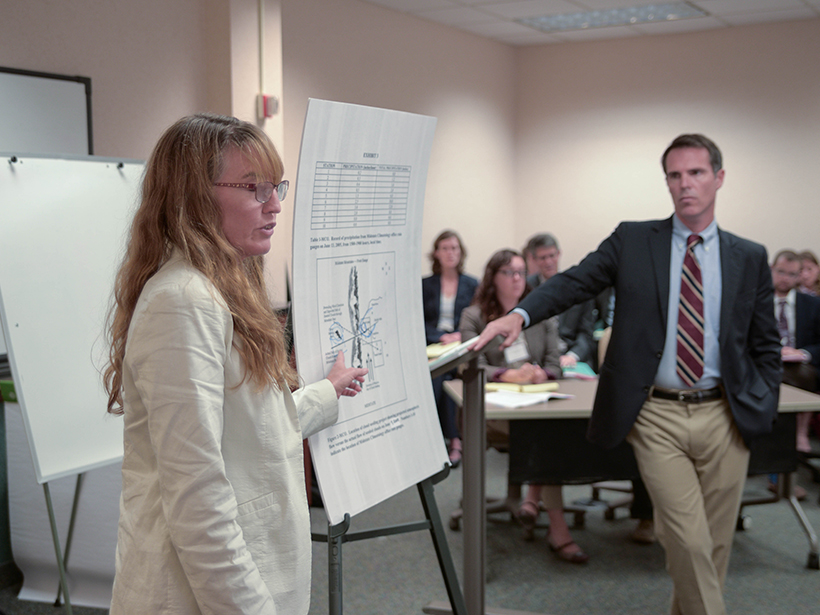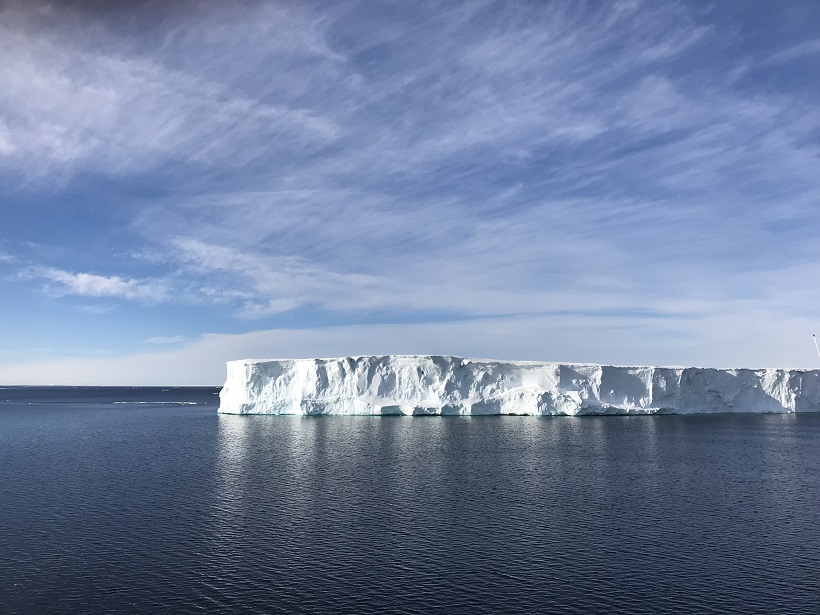A new study presents a framework for finding the best optimization algorithm.
CC BY-NC-ND 2019
Observations Show Gravity Waves Above Antarctica Dance in Winter
Year-round observations show gravity waves above Antarctica exhibit seasonal patterns that peak in winter, which could help researchers trace the source of this mysterious phenomenon.
Being Persuasive: Lessons from Lawyers That All Scientists Need
Supplying information is not enough. Here are four courtroom techniques to help scientists make an impact.
The Meteorological Culprits Behind Strange and Deadly Floods
A new study examines how unusual meteorology interacted with topography and other local conditions to generate some of the most devastating floods in American history.
Lessons from President George H. W. Bush for the Present Political Environment
The “White House effect” can compel support for science and protect the environment—or damage both.
How Will Melting Glaciers Affect Streamflow?
High-resolution modeling of summertime streamflow in the Pacific Northwest reveals the effects of glacial retreat on streamflow will vary by elevation.
Capturing the Dynamism of Plant Roots in Models
Simulating the dynamic nature of plant root profiles in Earth system models improves the representation of the carbon and water cycles.
The Akkadian Empire—Felled by Dust?
Chemical measurements of a stalagmite from a cave in Iran reveal a large uptick in dust activity in northern Mesopotamia roughly 4,200 years ago, coincident with the decline of the Akkadian Empire.
The Ocean’s Gateway to Antarctica
Advances in observations and modeling are providing new insights into the dynamic Antarctic Slope Current and its critical role in Earth’s climate.
Subseasonal to Decadal Predictions: Successes and Challenges
International Conferences on Subseasonal to Decadal Prediction; Boulder, Colorado, 17–21 September 2018










